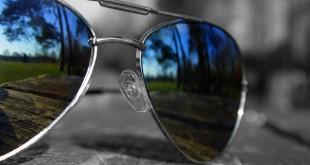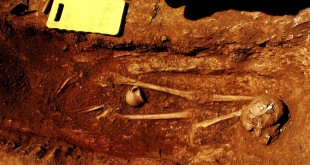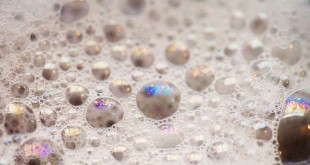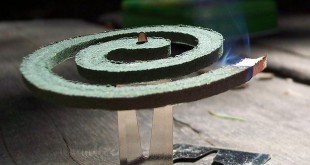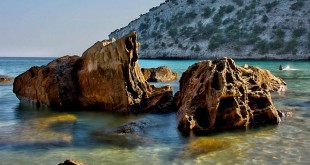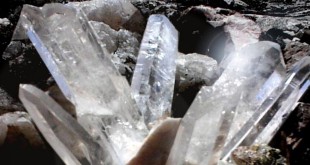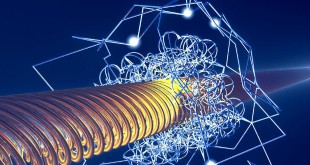Acid rain was first noticed and studied in 1872. The formation of acid rain starts as soon as polluting chemicals namely nitrogen and sulphur oxides emissions from factories and car engines are sent up into the atmosphere. When these pollutants reach the atmosphere, they combine with existing water vapors, oxygen and sunlight. The reaction creates a diluted ‘soup’ of highly …
Read More »Why does photo chromatic glass turn grey in sunlight?
Photo chromatic glass contains extremely small crystals of silver chloride, silver bromide or silver iodide. Silver chloride is especially sensitive to ultraviolet radiation and splits into silver and chlorine. Silver causes the glass do darken. When the source of light is removed, the reaction gets reversed and the glass comes back to its original colour. Funny Logic Because ‘shady’ characters …
Read More »What is the radio-carbon dating method in archaeology?
Radio-carbon dating is a method of determining the age of an ancient matter developed by Willard F Libby in 1949, at the University of Chicago. Radio-carbon or carbon-14 is produced in nature and is available in the atmospheric carbon dioxide which enters plants through photo-synthesis. Thus, it also reaches the animals through the food chain. In samples like bones, wood, …
Read More »What is a neutron bomb and how is it different from the atom bomb?
A neutron bomb is a small nuclear weapon which makes use of a neutron-rich substance. This emits neutrons and gamma rays lethal within a radius of 1 to 2 kilometre. It does not destroy concrete structures and plant life, but only humans and animals. Deaths are caused due to penetration of neutrons and gamma rays. An atom bomb produces energy …
Read More »What foaming agent is used in shampoos, soaps etc? Do we use the same thing for all such products?
Shampoo or soap molecules have two chemically distinct parts, that interact differently with water. One part is a long hydrocarbon chain which is water hating (hydrophobic) and non-polar and another belongs to COONA group which is polar, water-loving (hydrophilic) and creates the foam in water. The hydrophilic part makes soap water-soluble. The hydrophobic part combines with dirt and other elements. …
Read More »What are mosquito mats and coils made of? How harmful are they for humans?
‘The Flowers of Painted Lady’ plants contain an insecticidal element, pysellethein, which is the main ingredient used in mosquito repellent coils and mats. Just about 2 to 4 microorgams of this element is enough to kill a mosquito. Lesser doses of this paralyses them. However, pysellethein does not affect the warm-blooded species. An average mat or coil contains only 40 …
Read More »How is the age of rocks determined?
Certain rocks give off high energy radiation due to the presence of radioactive substances in them. Radioactive substances have got the property of decay (break down of active material with the passage of time). For example, uranium decays giving rise to lead. By measuring the amount of lead-present in the uranium sample scientists can determine the ages of rocks by …
Read More »What is the difference between a diamond and a crystal?
The solid state of matter in which the atoms or molecules are arranged in a definite repetitive geometric patterns is known as crystal. Liquid metals, alloys, minerals and some organic materials solidify into crystalline form. A slower rate of cooling results in a larger crystal. Crystals have flat boundary planes or faces. A diamond is an allotrope (another form) of …
Read More »What is anti-matter?
An anti-particle is a sub-atomic particle that has the same mass as another particle and equal but opposite values of some other property or properties. For example, positron is the anti-particle of electron having a positive charge. Similarly, anti-proton has the negative charge. Anti-matter is postulated to consist of matter made up of anti-particles. For example, anti-hydrogen would consist of …
Read More »Why does it hurt more in winters?
In winters our body has to work more actively to adjust to the difference between the body temperature and the atmospheric temperature. It is because of this that the sensation of pain appears more in winter than in summers. Funny Logic The flow of blood under the skin is sluggish during winters due to the contracting of surface blood vessels. …
Read More » Kids Portal For Parents India Kids Network
Kids Portal For Parents India Kids Network

